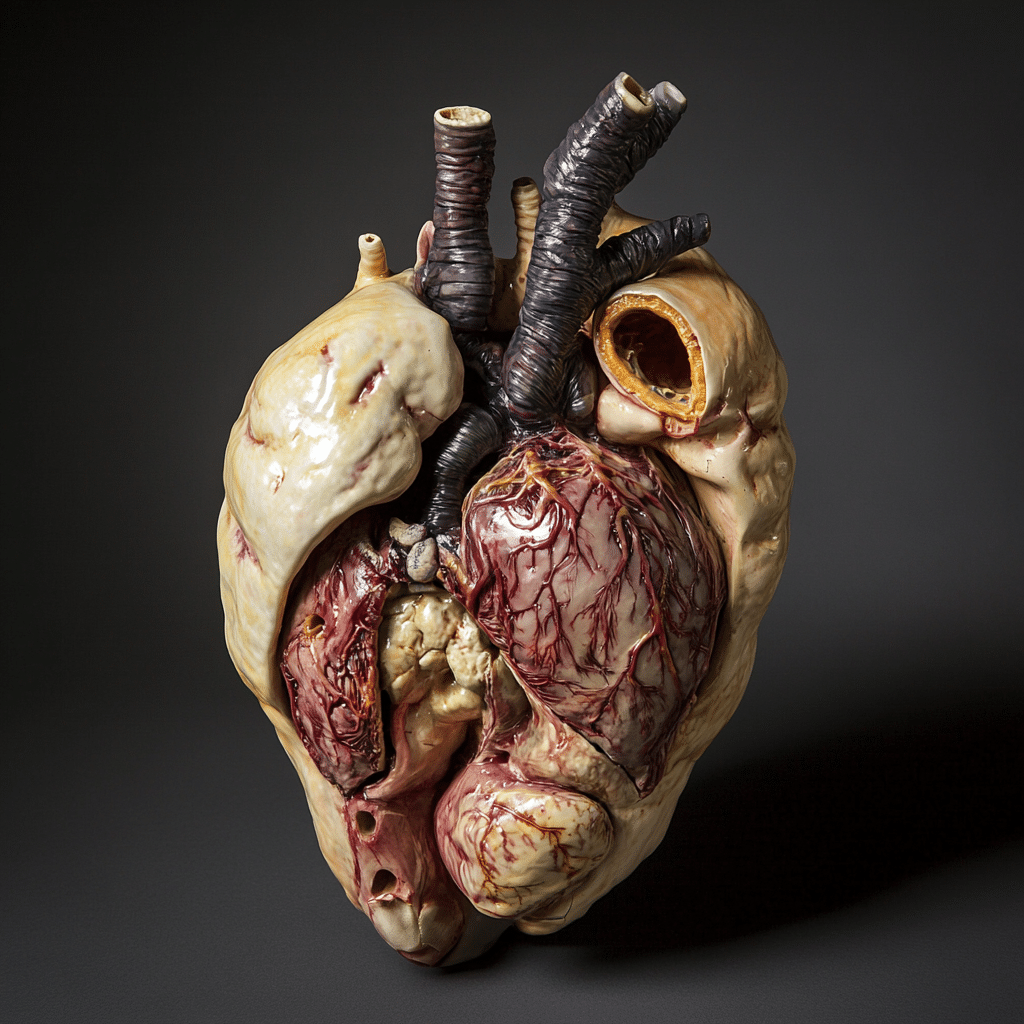When it comes to heart health, knowledge is your best ally. Among the most common issues is the bicuspid aortic valve (BAV)—a condition that often flies under the radar. But let me tell you, it’s more critical than you might think! This article will help you understand BAV, its impact on your heart health, and why early awareness can lead to a transformation on your fitness journey. So, grab a protein shake and get comfortable, because we’re diving deep into heart health!

Bicuspid Aortic Valve: Understanding Its Impact on Heart Health
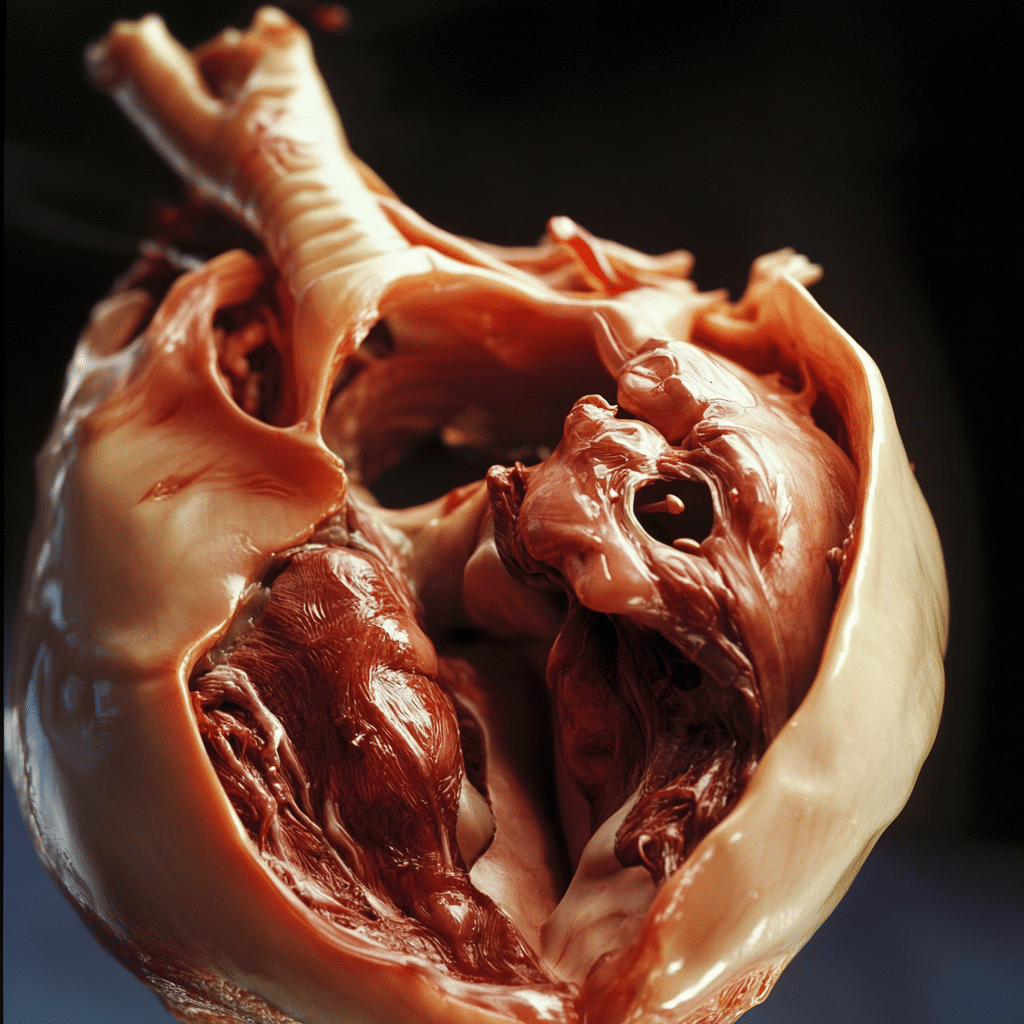
Essential Facts About Bicuspid Aortic Valve and Its Prevalence
A bicuspid aortic valve is a congenital heart defect where the aortic valve has only two cusps instead of the usual three. This seemingly minor oddity can lead to significant complications. Statistics show that BAV affects approximately 1-2% of the population, making it one of the most prevalent congenital heart defects.
That’s right, folks—you’re not alone if you’re dealing with this condition. It’s essential to understand that BAV often runs in families. Research indicates that if you have a family history of BAV, your risk increases. This highlights the importance of being aware of BAV and getting checked early.
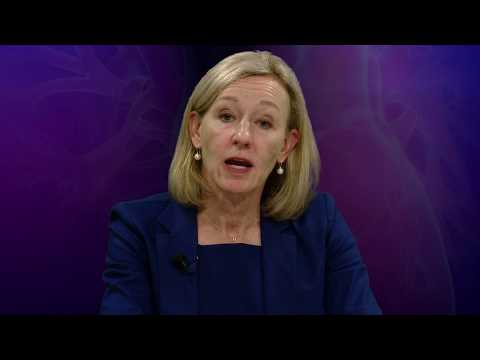
Top 7 Key Facts You Must Know About Bicuspid Aortic Valve
The first striking fact is the increased risk of aortic stenosis. Those with BAV are more likely to develop this narrowing of the aortic valve as they age, frequently necessitating surgery by the age of 50-70. Let’s take professional football player Chris Snee as an example. He faced severe aortic stenosis due to BAV, which required surgical intervention.
Next up, let’s talk about aortic regurgitation. In this situation, the valve doesn’t close properly, causing blood to flow backward into the heart. Symptoms can sneak up on you, often appearing suddenly. Recognizing those early warning signs is crucial, dear reader. It could mean the difference between a routine fix and a hefty wait at the ER.
BAV doesn’t walk alone. It can bring along some friends called associated comorbidities, such as aneurysms, hypertension, and coarctation of the aorta. Data shows that those with BAV have a 30-50% lifetime risk of developing an aortic aneurysm. It’s a sobering thought, and underscores the need to be vigilant about heart health.
Early diagnosis is paramount, and thankfully, we live in an age of advanced technology. Diagnostic techniques like echocardiography, MRI, and CT scans play a critical role in identifying BAV and monitoring its severity. Cardiologists continually emphasize how these imaging tools have improved diagnosis rates, making earlier intervention possible.
Here’s where it gets real—your lifestyle choices can significantly impact the management of BAV! That means eating smart and moving often. Many experts recommend a heart-healthy diet rich in fruits and vegetables, coupled with a compelling fitness routine. It’s not just about aesthetics; it’s about longevity, energy, and feeling great!
If surgery becomes necessary, there are options! Innovative techniques, such as balloon valvuloplasty and aortic valve replacement, are available. The cutting-edge transcatheter aortic valve replacement (TAVR) has been a game-changer for many patients, making some procedures less invasive and recovery quicker. Always consult with your medical team for the best course of action.
The journey doesn’t end after surgery—regular follow-ups are crucial for monitoring your heart health. Many patients share stories of how ongoing care has not only made them stronger but drastically improved their quality of life. The key takeaway here is the importance of commitment to your heart health.
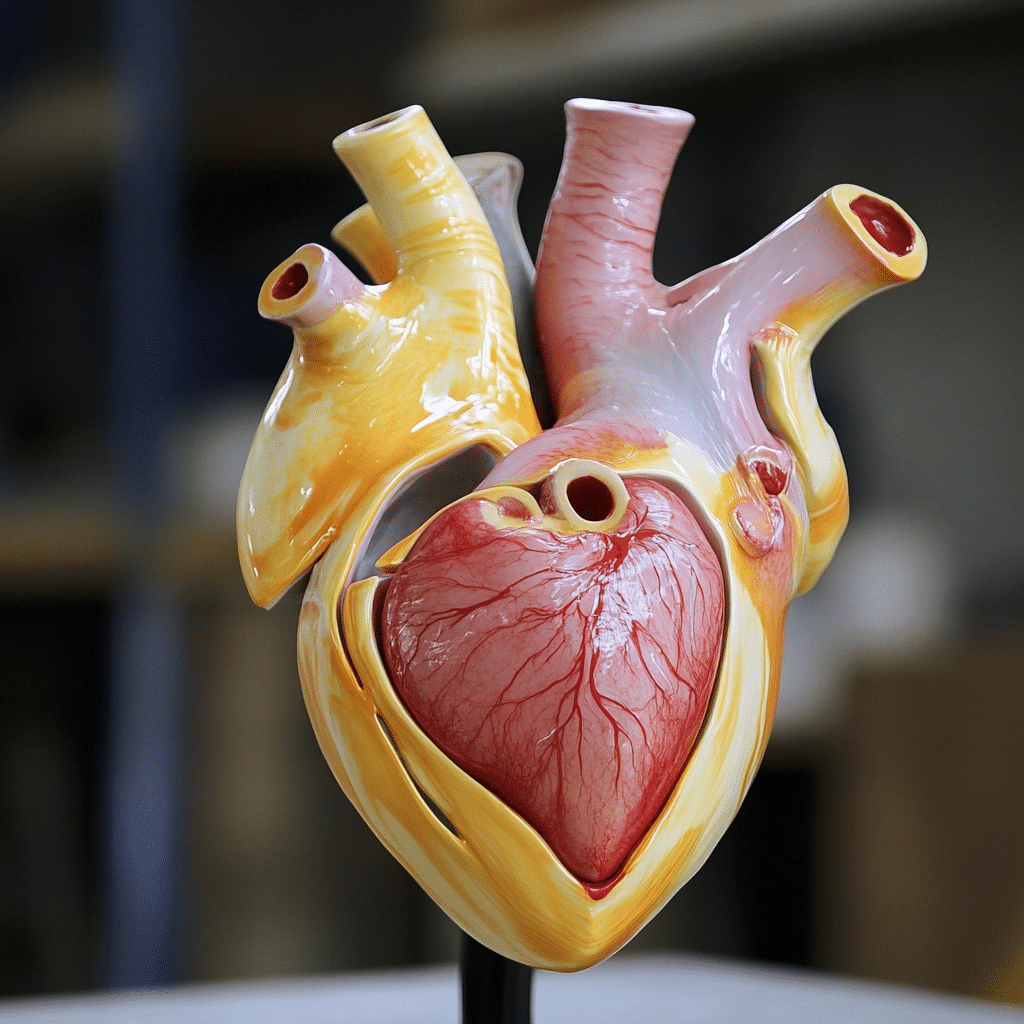
The Importance of Early Diagnosis and Regular Monitoring of Bicuspid Aortic Valve
The theme here is clear: early diagnosis and monitoring are vital! Those diagnosed with BAV should prioritize regular check-ups to catch any complications before they become significant issues. Building a strong relationship with a healthcare provider can lead to proactive measures, increasing the odds of a favorable outcome.
Additionally, screening recommendations and genetic counseling can make a huge difference, especially for families with a history of BAV. It’s time we make heart health a priority, folks!
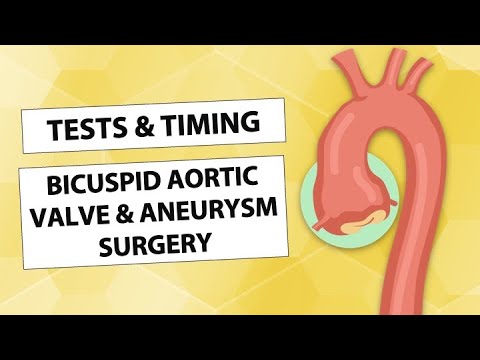
Living with Bicuspid Aortic Valve: Personal Experiences and Community Support
Feeling alone with your diagnosis? You’re not! Many individuals navigate life with BAV, sharing their experiences in supportive communities. Here, people provide advice, tips, and emotional support. Platforms like the MyBAV Community can be incredibly helpful in finding connections and resources.
From personal testimonies to practical tips, these communities remind us that while BAV may be a hurdle, it can also inspire resilience in our hearts and minds.
Final Thoughts on Bicuspid Aortic Valve Awareness
The takeaway? It’s time to ramp up awareness and education around the bicuspid aortic valve. We need to spotlight this condition among healthcare providers and the public alike. So if you suspect you have BAV or have a family history, don’t hesitate—talk to your healthcare provider and get appropriate testing for early intervention!
Remember, taking steps toward understanding your body empowers your journey to health and fitness. Stay informed, stay active, and live fiercely!
Your heart is your greatest asset; treat it like one. And if you’re ready to get shredded and live your best life, remember—you’ve got the knowledge now! Embrace it!
And there you have it—everything you need to know about the bicuspid aortic valve. Let’s keep pushing, folks! Keep lifting, keep moving, and make heart health a part of your fitness story!
Bicuspid Aortic Valve Secrets You Need to Know
Fun Facts About the Bicuspid Aortic Valve
Did you know that a bicuspid aortic valve affects about 1-2% of the population? That’s a significant number when you think about how many people are out there enjoying their leisure time or sipping on gourmet loose leaf tea while chatting about all sorts of random facts! In simple terms, the bicuspid aortic valve has only two leaflets instead of the usual three. This condition can lead to various heart issues, so it’s worth staying informed. If you’re curious about heart health, it’s a good idea to know the basics, much like understanding What Is a deed restricted community when considering real estate.
Thinking about symptoms? If someone has a bicuspid aortic valve, they might experience fatigue or shortness of breath during physical activities. Sounds familiar? It can feel like running errands with a car seat stroller combo; sometimes you just run out of steam! Besides, this heart condition can lead to complications such as aortic stenosis, which is crucial to keep in mind for prevention and timely treatment. It’s also interesting to note that while most people with this valve live relatively normal lives, they should remain vigilant about heart health.
Another intriguing aspect is the genetic link associated with this condition. Families can sometimes pass down the traits, much like how some people might inherit molluscum Contagiosum Symptoms. Additionally, studies show that addressing high blood pressure with medications that affect angiotensin Converting enzyme can help those living with a bicuspid aortic valve manage potential issues. So, keeping an eye on blood pressure isn’t just an option; it’s vital. With the rise of options like Lyrica for pain management, those grappling with unexpected discomfort need to explore all avenues for relief.
Moreover, consider this: heart conditions like the bicuspid aortic valve can sneak up on anyone, emphasizing the importance of regular check-ups. This proactive approach is akin to that cozy winter evening with a Vornado heater—keeping warm and snug when it counts. Lastly, whether you’re contemplating What are mortgage rates or simply diving into heart health, staying informed and proactive can make all the difference!
